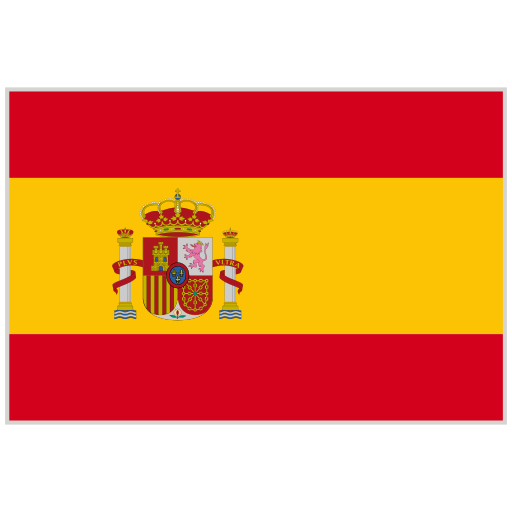
Hidden secrets behind sacred temples in Myanmar
Shwedagon Pagoda houses eight strands of hair of the Buddha, the site of Shwezigon Paya was selected by a white elephant, Dhammayangyi, the largest of all temples in Bagan said to be built by a wicked king, just to name a few hidden secrets attract visitors to Myanmar.
The Dhammayangyi is the largest of all temples in Bagan. According to old stories, King Narathu built it to atone for his sinful deeds: smothered his father and brother to death, executed an Indian princess, also one of his wives, for not quitting her Hindu rituals and murdered workers if he can fit a nail into bricks’ space.
After his death, the temple was never completed. It is thought that the workers not only stopped work on the temple but filled the inner ambulatory passages out of the spite. Today, its interior is bricked up for unknown reasons.
Shwedagon, the holiest Buddhist pagoda of the country in Yangon is believed to house 8 strands of hair of the Buddha. According to legend, two brothers from the city of Balkh in what is Afghanistan today, met the Buddha and was presented eight of the Buddha’s hairs. The two then travel to Burma, and with the help of the local ruler, chose Singuttara Hill to enshrine the relics.
The story linked to the construction of Ananda Temple in Bagan is a tragedy. It was built based on a graphic description of the Nandamula Cave temple in the Himalayas given to the King Kyanzittha by eight monks who sought alms around. He then requested them to construct a temple in the middle of Bagan plain creating cool conditions same as the Nandamula. Upon completion, to retain the uniqueness of the temple, the king killed all the builders to ensure that another similar architecture cannot be seen anywhere else.
Legend has it that the site of Shwezigon Pagoda was chosen by a white elephant mounted with the frontal bone of the Buddha. He roamed freely to declare wherever he stopped would be the site for building the pagoda.
Pindaya Caves near the Pindaya town in Shan State contains thousands of Buddha images dating to the early 18th century. This huge collection will give tourist a better understanding of the harmony with the times of the art.
One of the many legends relating to this cave is about the sculpture of the spider at the entrance. The story goes that there was seven princesses bathing in a lake were captured by a giant spider. It trapped them in the cave. A prince passed by the area and heard their cries. The oldest princess promised to let him marry her youngest sister if he rescued them. He then won in the fighting with the spider and married the princess.
Mount Popa is called Mount Olympus to the people of Myanmar. This place is considered the abode of Burma’s most powerful Nats, and as such the most important nat worship center for many pilgrims. Burmese superstition says on Mt Popa, one should not wear red, black or green and bring meat because it could offend the resident nats.
Visitors never cease to be amazed at the scenery of Kyaiktiyo – a small pagoda on the top of a granite boulder looks as if it is going to fall off the edge of the mountain and roll down the hill. But it has perched precariously here for as long as the land’s recorded history. It’s assumed that, a single strand of the Buddha’s hair is enshrined here and thus keep the rock firm. To get here and stick square shaped gold leaves on the face of the Golden Rock, pilgrims must cross over a small bridge across an abyss. Women are not allowed to touch the rock so cannot cross the bridge too.

























































